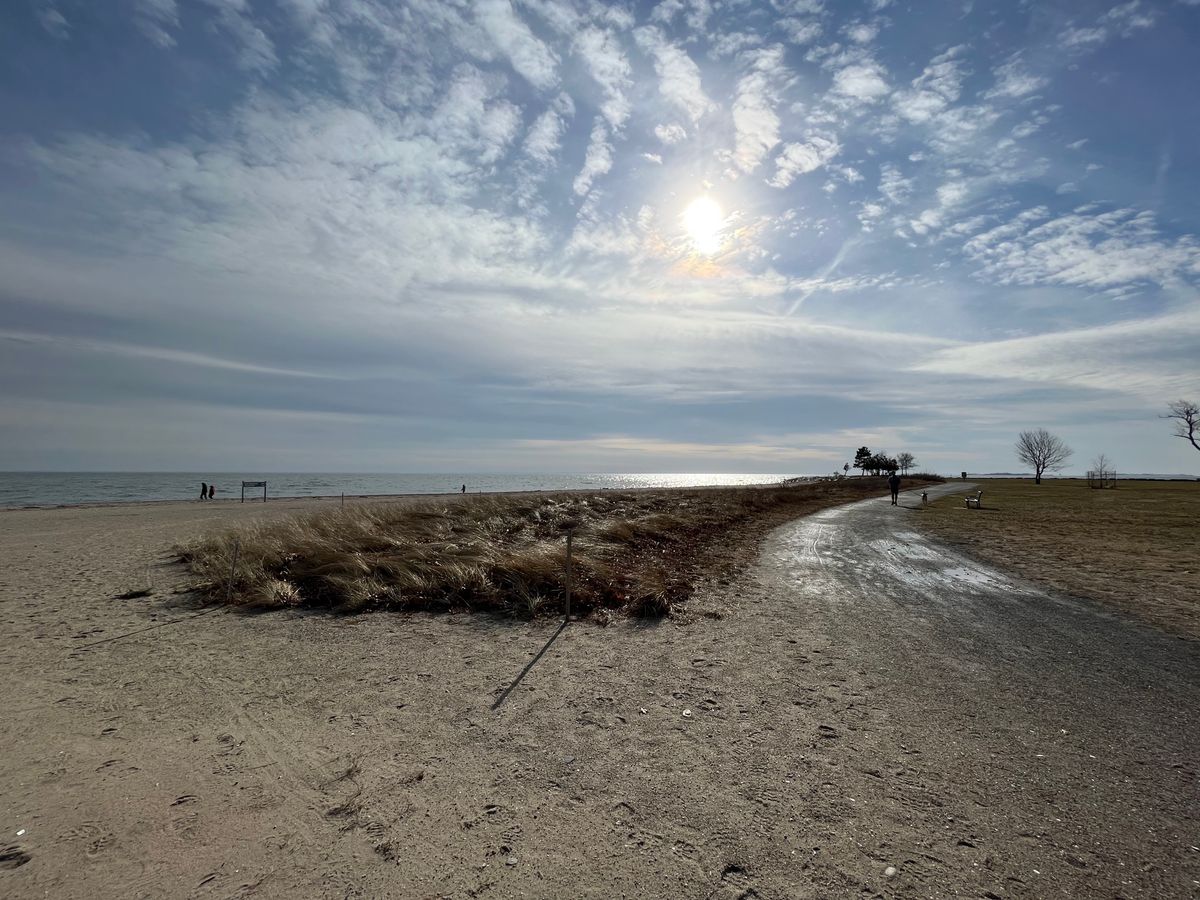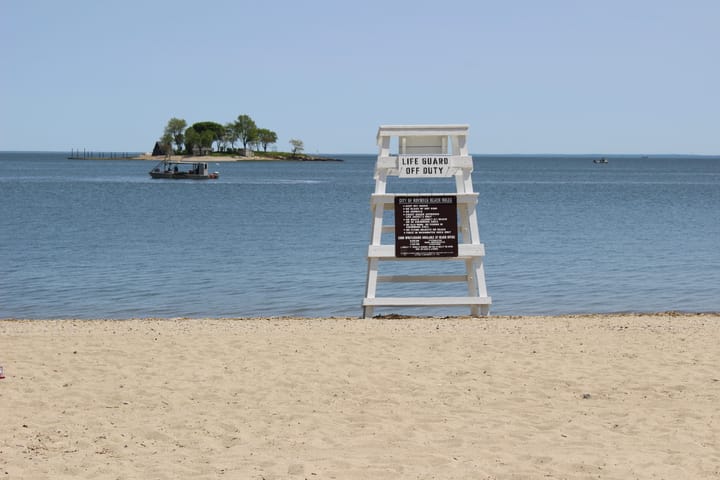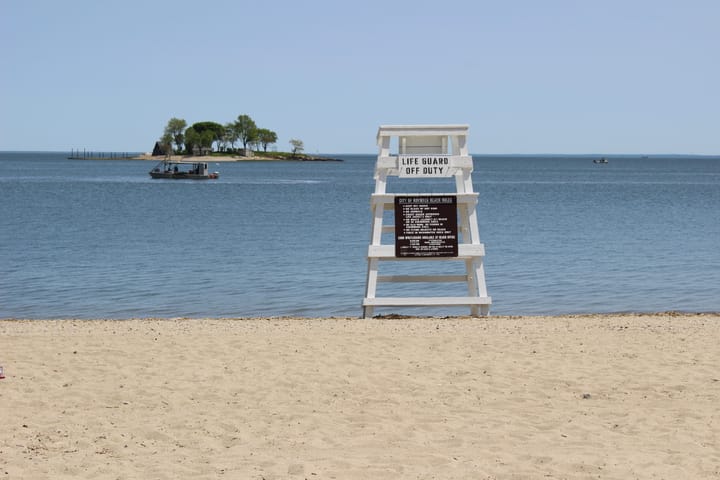Exploring Westport's ARPA Funds

Westport’s approach to its $8.4 million in municipal ARPA funds has been “conservative,” according to First Selectwoman Jen Tooker, who is building on the plan left by her predecessor former First Selectman Jim Marpe.
“From the beginning, the town has treated ARPA funds conservatively,” she told the Board of Finance on Jan. 5. “We’ve approached spending in two ways—short term and long term.”
Short-term spending has focused on “funding stop-gap” measures to address needs that came up during the pandemic, while the “long-term” ideas have looked to investments in infrastructure, public health/quality of life, and economic vitality.
With the funding coming in two tranches, or payments, the town has divided up the first half into three sections, and then one large bucket of ideas for the second half. Tooker said that the first half of projects are “heavily vetted.”
Short-term:
So far, $785,000 in ARPA funds have been approved by the Board of Finance and RTM and the town “is already getting the benefits” of these projects, according to Tooker. They include:
- $185,000 for “stop gap” measures related to quality of life and public health for pandemic needs
- $100,000 for tree trimming
- $100,000 for network protection
- $150,000 for bus shelters
- $250,0000 to reimburse the town for COVID-19 related expenses.
The next group of projects called “in progress,” since there’s been some planning and discussion around them total up to $2,140,000. They include:
- $1,300,000 for the Burying Hill Beach jetty
- $100,000 for Gorham Island to Riverside shoreline enhancement
- $340,000 for the Parker Harding and Jesup Lots design in the downtown area
- $150,000 for a feasibility study for West Parish/DOT affordable housing project
- $250,000 allocation to the arts
Two projects in this section were put in front of the Board of Finance in January—the allocation for the arts and the Burying Hill Beach jetty. The board voted to approve the funding for the arts at its January meeting, with the RTM set to vote in February.
“The arts—that sector of the economy was disproportionately hard hit by COVID,” Tooker said. “We know and understand that to be the case. That’s why we highlighted the nonprofits in that sector.”
The town’s Arts Advisory committee asked all 16 nonprofit arts organizations that were established with a board of directors to submit proposals for funding and 12 applied. According to Lee Goldstein, a member of the advisory committee, at least five projects are designed specifically for students and/or senior citizens. They include music programs for youth, facilitated play readings for seniors, arts preservation, concerts, and more.
She emphasized that a selling point of Westport is that it’s “an arts town” and that realtors and residents use that to differentiate it from others.
“We know how hard hit each of these organizations was by COVID and we know how much we’ve missed their programming,” Goldstein told the Board of Finance. “It’s time for us to give back and support them.”
Board of Finance member Brian Stern emphasized that they needed to be careful how they communicated some of the arts programs so that members of the public would support them. While the entire board voted unanimously to approve the package of arts funding as a whole, RTM member Dick Lowenstein, who represents District 5, said that he would ask the RTM to take up each item separately when they reviewed them at their February meeting.
The Board of Finance plans to take a site visit to the Burying Hill Beach Jetty before voting to approve the funding to reconstruct a new one.
Peter Ratkiewich, director of public works, said that the original project was built back in the 1950s as part of a beach project to “control sand movement,” particularly to prevent it from moving into the creeks and then depositing into the Long Island Sound.
According to Ratkiewich, the existing structure is “in a state of disrepair and has warning signs on it to prevent people from walking along the structure,” and it’s “overdue for replacement.”
Art Schoeller, of Greens Farms Association, thanked Ratkiewich for his work on this and urged the board to fund the project because the beach and the jetty are used by both his neighborhood, which is located near Burying Hill Beach, as well as by a variety of others, including fishermen, summer camps, and and families who want a quieter beach spot.
“We’ve been raising concerns about this since 2016,” he said. “We could kick the can down the hallway again, but it is our opinion to do this now.”
Tooker said that the feasibility study could be before the board around February while the Parker Harding and Jesup Lots design could be before the Board of Finance by March.
Next Steps:
The final group of first round funding projects totals $1,175,000 and includes:
- $1,000,000 for ADA accessibility at town hall, hybrid meeting technology, and space utilization
- $125,000 for the parks’ master plan
- $50,000 for a generator at the Gillespie Center
For the second half of the funding, right now the town has ideas for how it wants to spend the remaining $4,450,000, but nothing is final yet. Those ideas include:
- $900,000 for broadband
- $300,000 for improved drainage and flood prevention
- $350,000 for the Riverside boardwalk extension
- $2,000,000 for the Aspetuck HD Bayberry site renovations
- $500,000 for Baron’s South improvements
- $200,000 for electric ambulance
- $200,000 for downtown parking signage
Many Board of Finance members said that they were looking for some projects that would be specifically focused on children and either providing something to help them recover, such as mental health services or programming, or something that they can use like fields or playgrounds.



